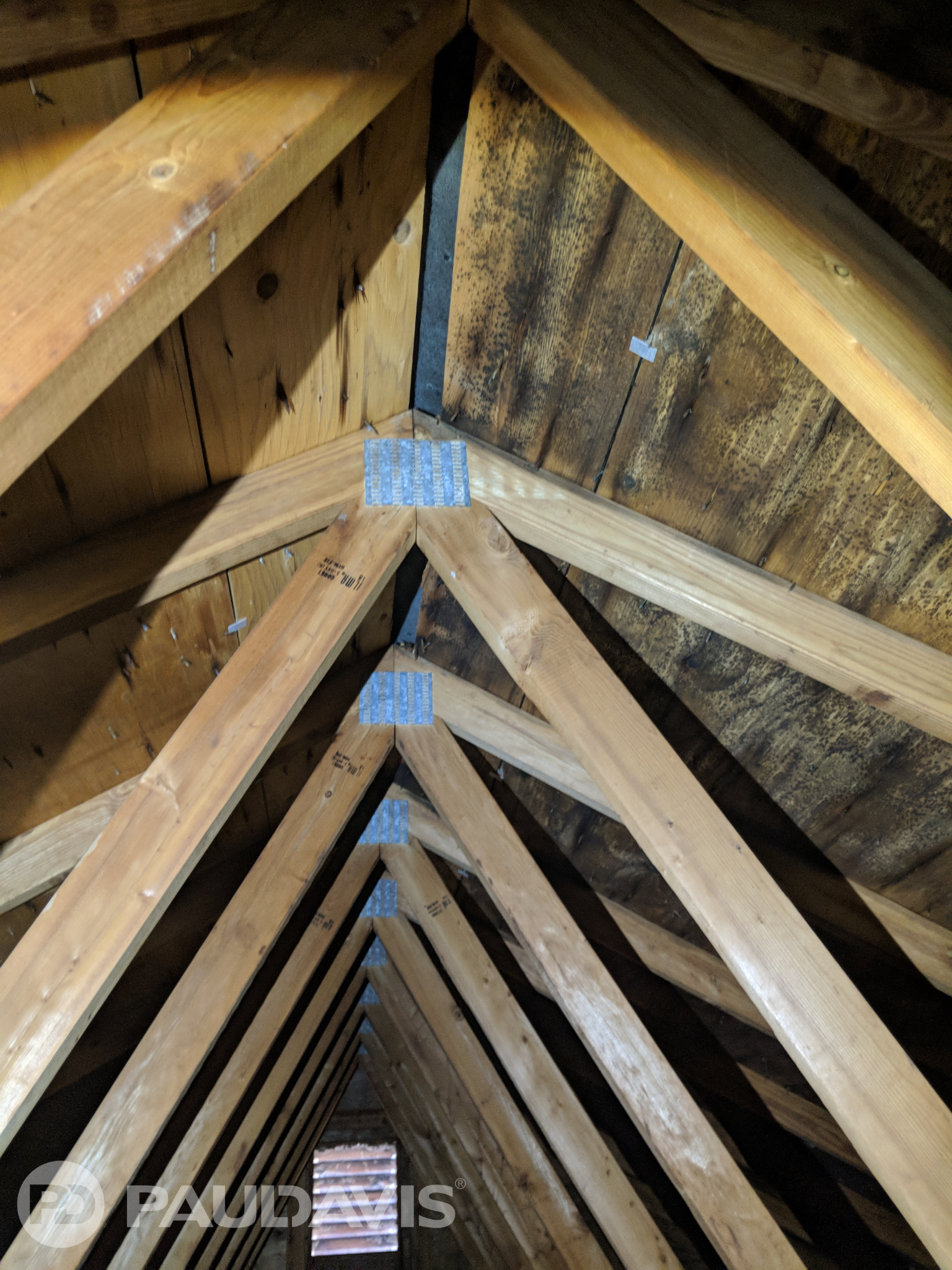
Built in the 1950s, the Kentucky customer’s home got nippy in the wintertime. That wasn’t a big surprise. Interior walls were plastered over uninsulated cinder block construction. The owners assumed the chill was just a comfort and heating issue. Until it suddenly became a health threat: they discovered mould growing behind the dresser in a bedroom. Horrified, they searched further and found mould in the closet as well.
“Time to call Paul Davis Restoration help! We have lots of experience with this seasonal problem that’s much more common than people think,” says Brian Rigsby, President of Paul Davis of the Tri-State Area in Kentucky. “Dropping temperatures outside often cause mould problems indoors in out-of-the-way spots. Uncontrolled moisture is always to blame.”
Fortunately, Rigsby reassures, four simple maintenance procedures and precautionary steps reduce your risks of slimy indoor growth as thermometers plunge.
- Manage condensation: When moisture hits cold surfaces, water condenses quickly and drips. The same happens when indoor moisture hits cold surfaces like poorly insulated walls - as it did in the Kentucky customer’s home - and cold-water pipes. Prevent this by insulating outer walls, cold-water pipes and windows. Insulate hot-water pipes while you are at it: keeping heat in saves on energy costs.
- Maintain ideal indoor humidity: Ideal indoor humidity is 30 to 50 percent, and exceeding 60 percent is asking for mould trouble. Use exhaust fans when cooking and showering. Vent dryers to the outdoors, too.
- Prevent leaks: Inspect roofs, clear eavestroughs and ensure downspouts are clear. Insulating roof spaces is also vital to prevent ice dams, which result when snow on roofs melts and refreezes repeatedly, forcing water under roofing materials and into living spaces. Indoors, ensure sump pumps are in working order, plumbing fixtures are leak-free, washing machines hoses are up-to-date and water heaters are sound.
- Reduce moisture infiltration: Seal basement walls. In crawl spaces, cover soil with impermeable materials to keep water vapors from soil out of living spaces.
And if mould strikes in cold weather despite your best efforts? Paul Davis is ready to help banish the slimy interlopers. “We’ll also figure out the root cause so it’s far less likely to recur,” Rigsby concludes. “Remember, our team is available 24/7/365. If you uncover worrisome mould on Christmas Day, we’ll be there to help.” Just call 1-800-661-5975.
